How Google’s MedGemma & MedLM Are About to Tear Up Healthcare
Google’s MedGemma & MedLM models: how to use them, why they matter for healthcare AI, and where to start building powerful apps
It’s Mario here, your guide to the wild world of medical AI. I’ve been geeking out over Google’s latest drops, and trust me, you’re gonna want to buckle up. We’re diving headfirst into MedGemma and MedLM, Google’s beefed-up, healthcare-focused AI models that are straight-up game changers. If you’ve ever thought, “Man, AI sounds dope, but healthcare? Nah…” think again. This sh*t is next-level. Let’s get into it.
AMIE now supports longitudinal disease management, grounding its reasoning in clinical guidelines and adapting to patient needs across multiple visits.
MedGemma: Your New AI Sidekick for Medical Stuff
Alright, first up: MedGemma. Picture this: Google took its Gemma 3 architecture, cranked in a ton of de-identified medical data (we’re talking chest X-rays, dermatology snaps, histopath slides, even freakin’ eye scans), and gave us two variants:
- 4B model (multimodal) – Your go-to for image + text magic. Want a quick read on a chest X-ray or a dermatology pic? MedGemma’s got your back.
- 27B model (text-only) – For when you need that deep-dive medical brainpower: patient interviewing, triaging, or whipping up clinical summaries.
Why You Should Care
- Open-source vibes: No paywall bullshit. Grab it, tweak it, run it locally if you’re ballin’ on a single GPU, or drop it into Google Cloud’s Vertex AI if you need production swagger.
- Multimodal flex: 4B sees images and reads text. You can train it to classify medical scans faster than a resident in their first year.
- Text-only boss mode: 27B geek-sobs on medical knowledge. Summarize clinic notes, support clinical decisions, or build your own AI nurse-bot—but don’t use it to start prescribing drugs (yet).
AMIE leverages Gemini's long-context capabilities to access and reason over clinical guidelines, ensuring its recommendations are grounded in evidence-based medicine.
How to Tap In
- Hit up Hugging Face or Google Cloud’s Vertex AI Model Garden. Agree to the Health AI Developer Foundations terms (no biggie).
- Spin it up locally for experiments or slap it on Google Cloud for production-grade hustle.
- Just remember, this ain’t FDA-cleared: use it for R&D, POCs, or proof-of-concepts. Treat its output like a rough draft, not gospel.
The Not-So-Pretty
- It’s not plug-and-play for real patients. You gotta validate, fine-tune, and verify everything. If it misses a tumor on an X-ray, that’s on you, not Google.
- No multi-turn chat vibes or juggling multiple images in one go. It’s still early days, so expect some WTF moments.
- Hallucinations? Yeah, they happen. Always double-check its “insights” before calling it a day.
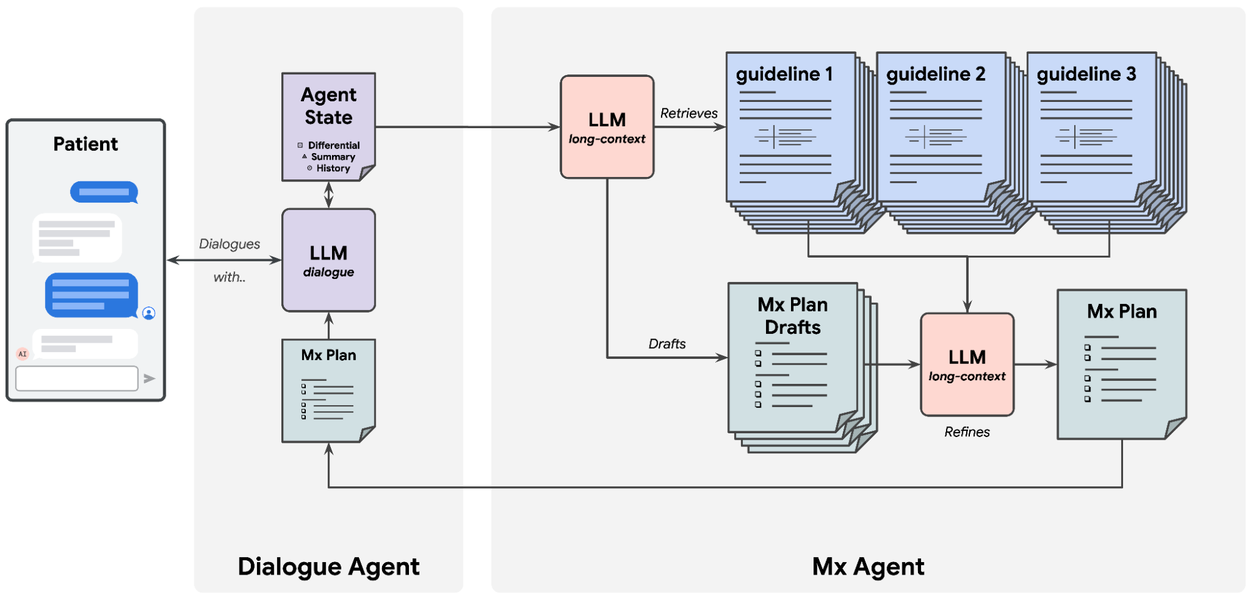
MedLM: The Cloud-Powered Medical Wizard
Next on deck: MedLM. Think of MedLM as MedGemma’s older, cloud-native cousin, built on Google’s Med-PaLM 2 and slowly integrating Med-Gemini smarts. It’s designed for healthcare orgs that want to cut the admin BS, crank out clinical summaries, and generally make docs’ lives less soul-sucking.
The Skinny on Models
- MedLM-medium & MedLM-large: Initially the backbone for everything from summarizing patient-doc convo transcripts to churning out case summaries for insurance claims. Heads up, they’re getting deprecated in late 2025, so get ready for newer Geminified versions.
- MedLM for Chest X-ray: A specialized model just for classifying those grayscale wonders, making radiology report generation a breeze.

Why You Should Give a Damn
- Workflow Zen: Automate note-taking, referral summaries, and even some preliminary clinical decision support. ChatGPT can’t?
- Cloud-native flex: Only on Vertex AI, so if your org is already deep in Google Cloud, you’re golden. Use the REST API or Python SDK and watch it spit out summaries like a boss.
- Accuracy rep: Med-PaLM and Med-Gemini roots mean it scored mad high on medical exam-style benchmarks. You still gotta verify, but it’s got some serious chops.
How to Get In
- You need a Google Cloud account and access to the Vertex AI MedLM preview (it was initially allowlisted in the U.S., but expanding).
- Pop into the Vertex AI console, REST API, or Python SDK. The docs are solid, no excuses.
- Use it for everything from Q&A to draft note generation, but always have a real doc eyeballing the final output.
The Real Talk on Drawbacks
- It’s not a medical device. If it suggests you cure cancer with chicken soup, double-check it.
- Hallucinations and bias lurk in the shadows. You’re responsible for catching them before they wreck someone’s day.
- Data privacy is a bitch, don’t feed it live PHI unless you iron out HIPAA compliance and proper security.
- As medical knowledge morphs faster than TikTok trends, keep your models updated: old data = old answers.
Why This Matters for iFlow.bot
Look, I’m Mario, and I’m stoked that iFlow.bot is vibing with cutting-edge tech instead of rehashing the same Zapier tutorials. MedGemma and MedLM aren’t just geek toys; they’re your ticket to building healthcare AI solutions that actually matter. Whether you’re a dev in a scrappy startup or a researcher at a big hospital, these models give you a fighting chance to automate the grunt work, slice through mountains of data, and let docs do what they do best: save lives.
- For my Deeper Automators: Spin up MedGemma-4B for a quick PoC on image classification or plug MedLM into your EHR pipeline. If you can handle Python and n8n, you’re already halfway there.
- For My Biz-Hungry Hustlers: Pitch faster clinical summarization tools, build triage assistants that screen patients 24/7, or develop AI-powered health chatbots without blowing your entire budget.
- For The Community: Pull up a seat at iFlow.bot, share your med-AI hacks, and let’s make sure nobody’s stuck in manual hell. If you’re serious about building next-gen healthcare automation, you’re not gonna find a better playground.
Final Word: Jump In or Get Left Behind
So here’s the deal: MedGemma and MedLM are live, open, and ready for you to break them. But if you’re still dragging your feet, going through the motions with banal automations, you’re choosing to be extinct. At iFlow.bot, we don’t babysit. We build, we iterate, and we crush it.
I’m fired up to see what you do with this. Dive into the code, prototype something wild, and let’s show the world that healthcare AI isn’t just for the big players; it’s for hustlers who refuse to settle. Ready to see how far you can push it? Let’s go.
—Mario, co-founder at iFlow.bot
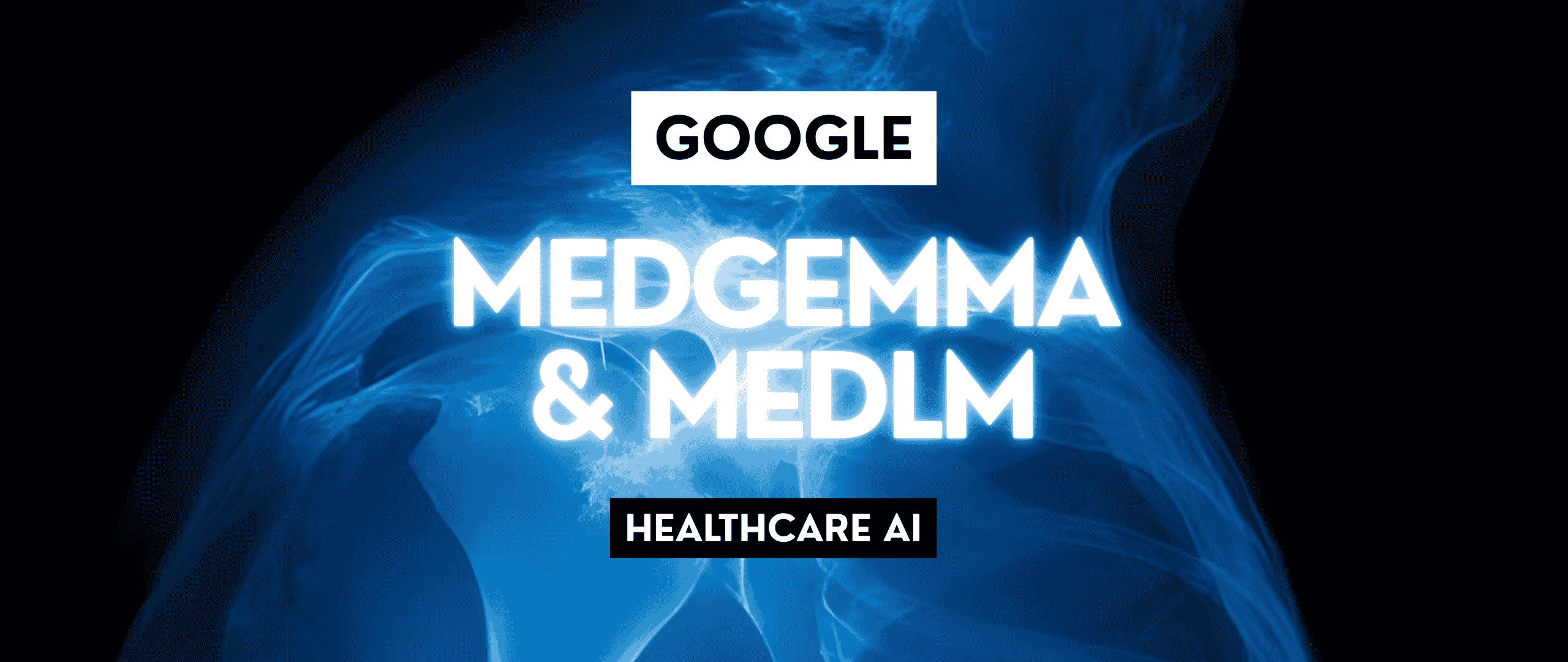




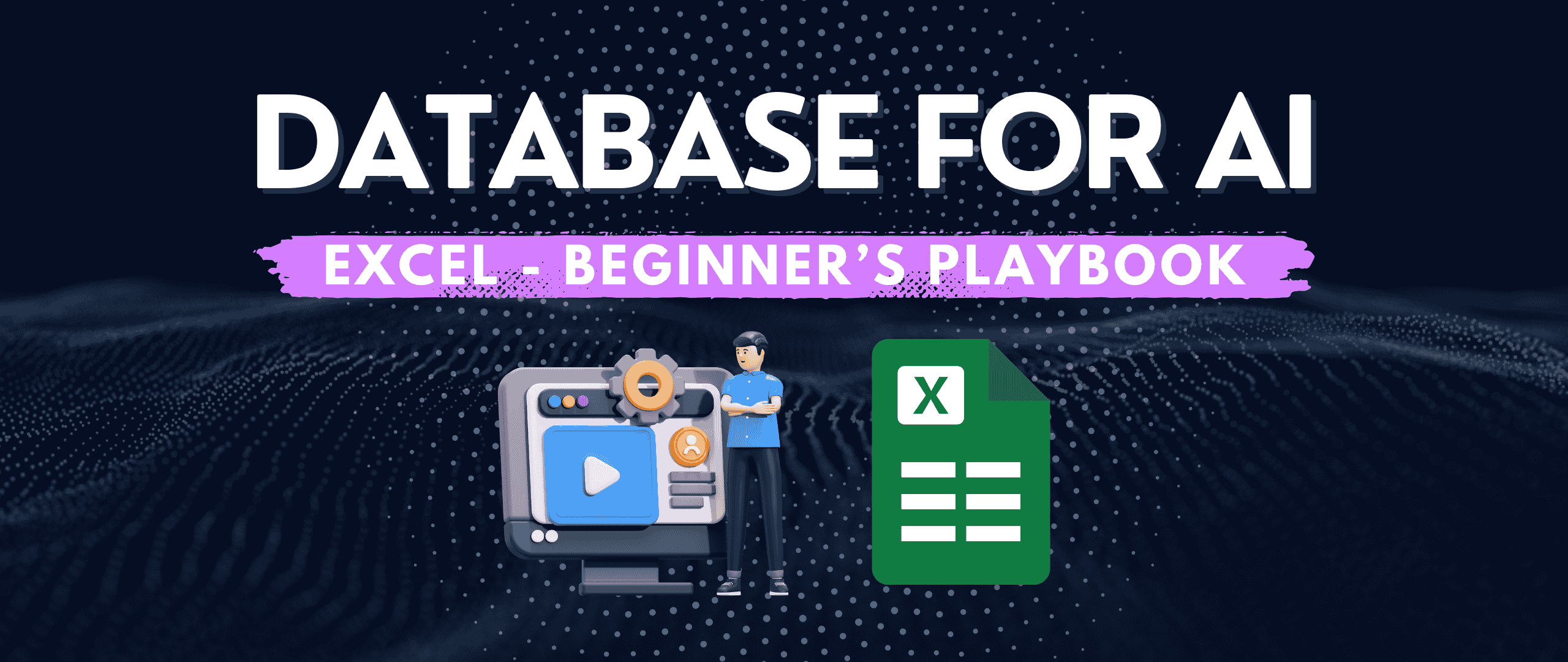





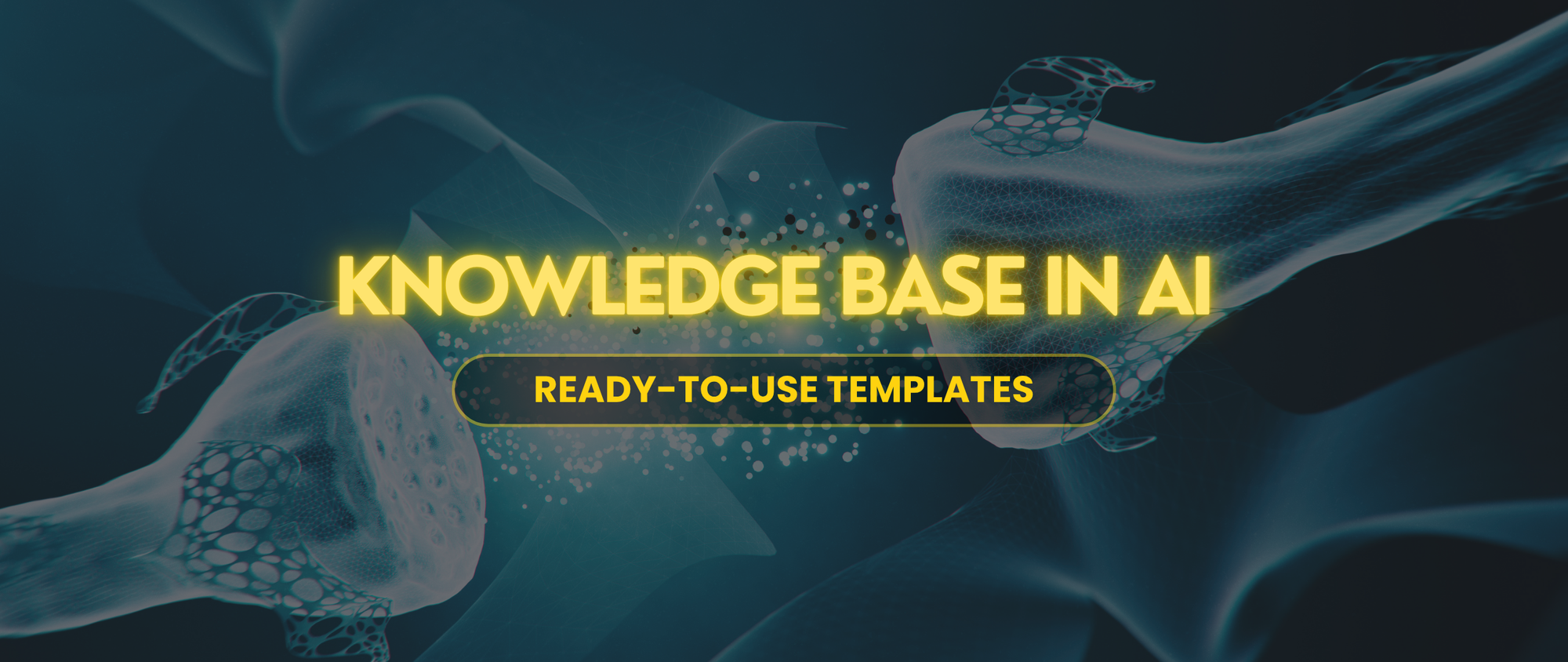
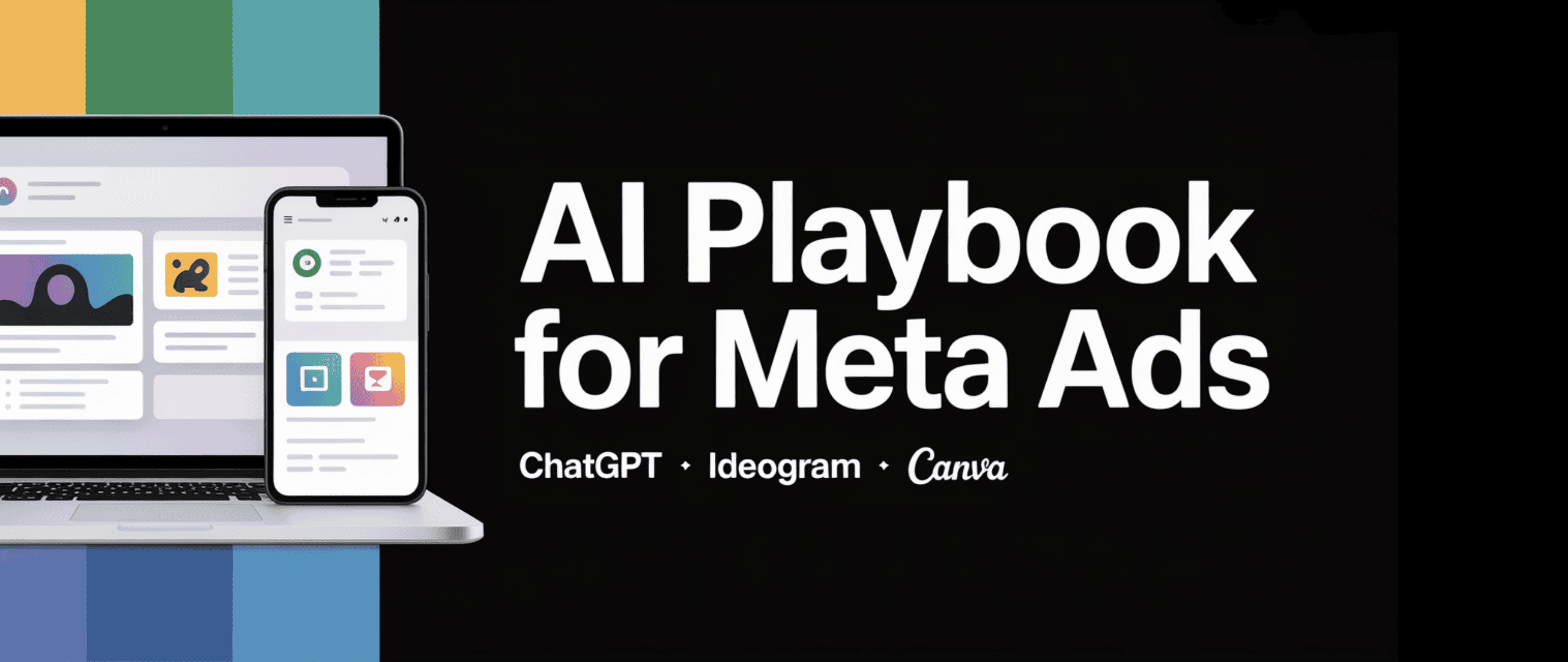
Discussion